|
Title: Lady Chatterley’s Lover Author: D. H. Lawrence Genre: Classic, Fiction, Romance (?) Summary When Constance Chatterley’s husband Clifford returns from World War I paralyzed from the legs down, the two try to make the best of a bad situation. Clifford throws himself first into a literary career and later turns an industrial eye toward the mines that pepper his land. Although Connie does her best to support her husband, she falls into a depression. Something vital is missing from her life. She meets the gamekeeper, Oliver Mellors, a man who is reclusive and insolent, but who attracts Connie in a primitive way. They begin an affair, and through it, Connie finds out what it means to be truly alive. Review From its title, Lady Chatterley’s Lover sounds like a melodrama. It’s not. This is a novel of ideas, and the story is the canvas upon which the ideas are stitched. What D. H. Lawrence really wants to do is posit a thesis as to the ailments of the modern world, namely, the disconnect mankind has toward their fellow man and the natural and the physical world, due to materialism, industrialization, and over-intellectualism. The solution, he posits, is a return to a more pagan time of “real men and real women,” which means sex. I like my novels to have ideas in them; however, these ideas come at the expense of the story. You might think that Connie cheating on her wheelchair-bound husband would cause drama. It doesn’t. And the reason is simple: no one cares. No one cares about Clifford. No one cares about morals. No one cares about what society thinks. And as such, there are no consequences, only inconveniences. I’d say that this is a comment on the disconnect of people, but I’m not sure it is. I think the problem is that D. H. Lawrence became so enamored with his ideas he forgot about the characters. I liked Clifford, initially. He came across as shy, desirous more of intimacy than sex. He had been dealt a spiritual blow and a blow to his manhood. To make up for it, he chased worldly success. I understood him; I related to him. But midway through the book, D. H. Lawrence proceeds to rip him apart, calling him a crustacean, a child. It’s not just that Clifford morphs into the villain; it’s that the author continuously tells us how we ought to feel about him. Likewise, we are told how we ought to feel about Mellors, whom Lawrence exalts as the pinnacle of manhood. But while Lawrence’s tirade against Clifford did, in fact, make me dislike the poor character, there was nothing on earth Lawrence could say to make me like Mellors. The man was odious. He was bitter, hateful, rude, and passive. To be honest, he and Clifford had a lot more in common than D. H. Lawrence was willing to admit. The only character who made it through the whole book with my sympathy intact was Connie, and this was because she is the only one who seemed to care about other people at all. Clifford is scared of other people and wants to dominate them. Mellors is scared of other people and wants to escape them. Connie actually seems to like people and comes to their defense. I can’t in good conscience call this book a romance, because that would imply love, and honestly, I did not see it. The characters do have sex, but the scenes are not as plentiful nor as graphic as you might assume. Lady Chatterley’s Lover became notorious for being too explicit to publish in D. H. Lawrence’s native Britain until 1960, and even after publication, the book went on trial for violating obscenity laws. Lady Chatterley’s Lover includes vivid descriptions of nudity, including genitals, and uses some foul languages, including the f-word and the c-word. During the sex scenes, most of the focus is on the character’s mental states and not what is physically going on. The sex is far less graphic than your average romance novel, and I’m not sure modern audiences, unless they were very young or didn’t know what they were in for, would be at all shocked. What might be most shocking to modern audiences (what was most shocking to me) was the racist, misogynistic, and possibly fascist attitudes that reared its head in the latter half of the book. Once D. H. Lawrence defined “manhood” and “womanhood” through sex, those who did not subscribe to his narrow views (i.e., most everyone) were not “true men” or a “true women.” At this point, he began promptly dehumanizing them, heaping scorn on everyone and comparing them to animals. I was horrified when I came to this speech: “Yea, even then the tenderest thing you could do for them [those who are not true men or women], perhaps, would be to give them death. They can’t live! They only frustrate life. Their souls are awful inside them. Death ought to be sweet to them. And I ought to be allowed to shoot them.” To be honest, given the time frame and the themes, Lady Chatterley’s Lover struck me as a way of understanding the ideas and the attitudes leading to the rise of Hitler. That made it interesting to read, but not in the way I was expecting. In this sense, Lady Chatterley’s Lover is the opposite of Pride and Prejudice, a title that sounded like an exploration of big, important Ideas, but ended up being a sweet and personal love story. Lawrence’s prose is beautiful, and some of his ideas may have merit. The book has psychological insight, but not, in my mind, true wisdom. It seems to me that if you’re going to spend the whole book making sweeping judgments on humanity, you ought to have the wisdom to back it up.
1 Comment
|
Rebecca LangWriter. Critic. Dreamer. Archives
January 2021
Categories
All
|
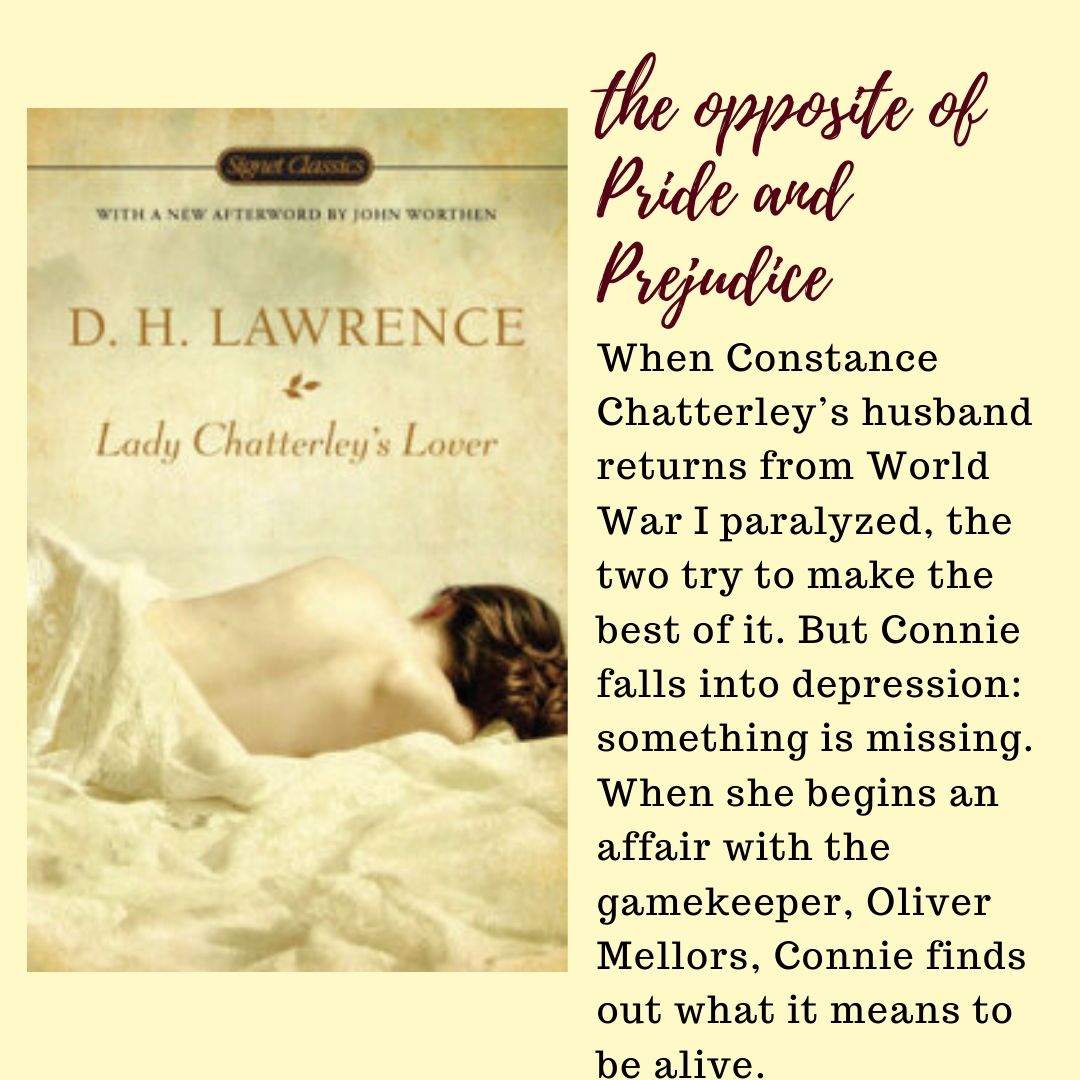
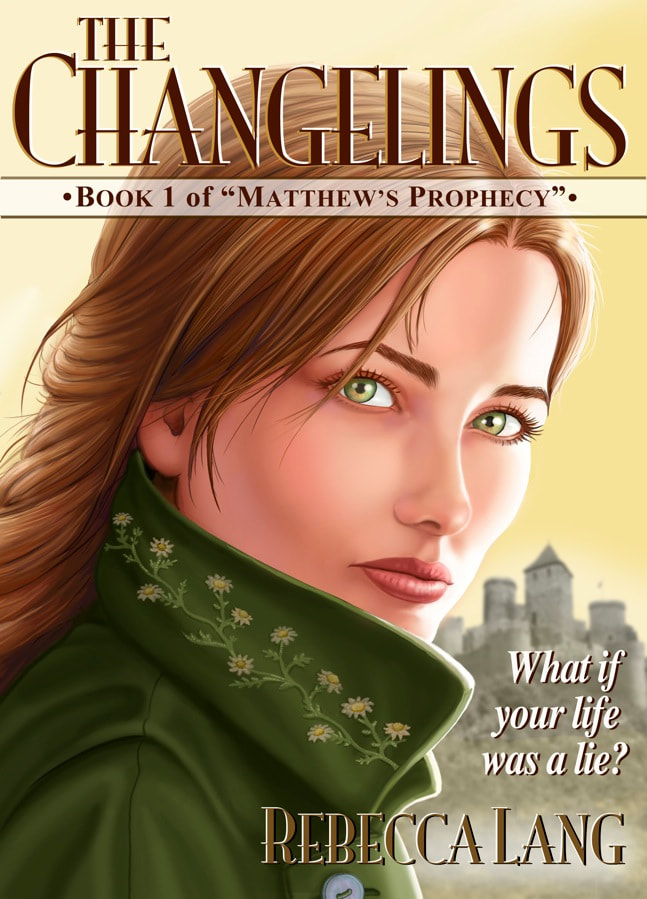
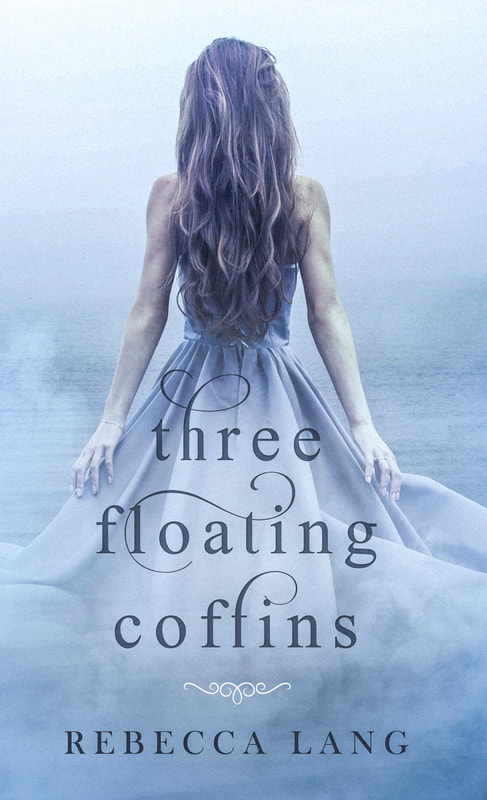
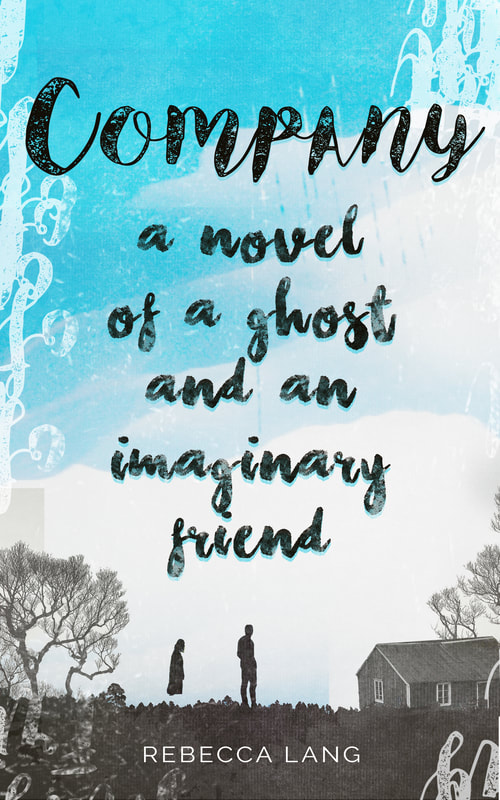
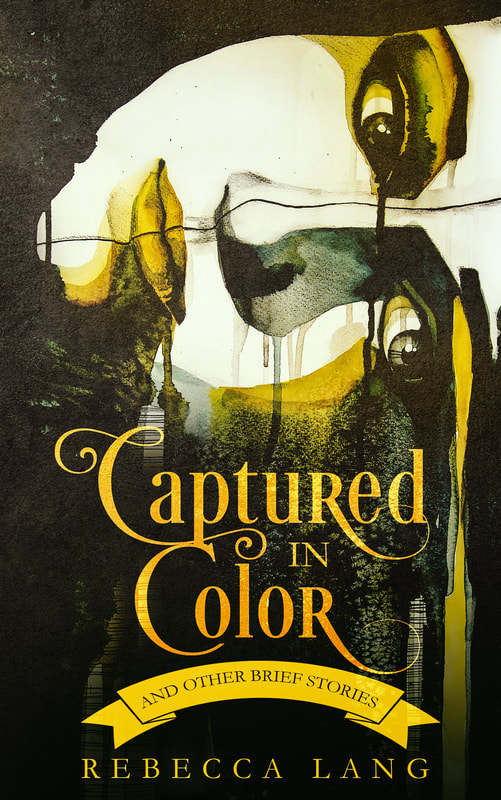
 RSS Feed
RSS Feed